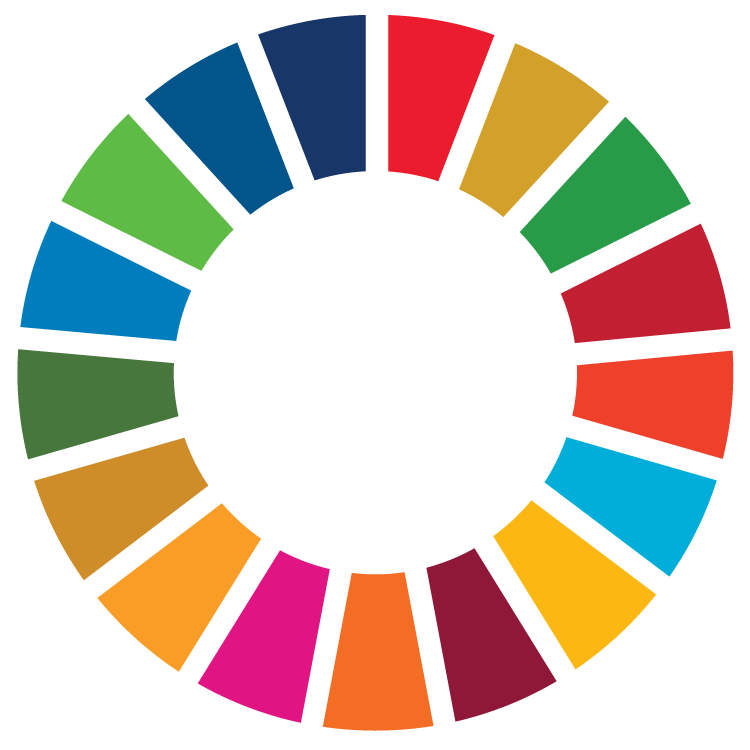
Text original
Aquesta assignatura s'imparteix en català. El text original d'aquest pla docent és en català.
Texto traducido
Esta asignatura se imparte en catalán. El plan docente en español es una traducción del catalán.
La traducción al español está actualizada y es equivalente al original.
Si lo prefieres, ¡consulta la traducción!
Text created with automatic translation
The language of instruction of this subject is Catalan. The course guide in English is an automatic translation of the version in Catalan.
Automatic translation may contain errors and gaps. Refer to it as non-binding orientation only!
Course
Multimedia. Applications and Video Games
Subject
Development of Web Environments
Type
Compulsory (CO)
Academic year
3
Credits
6.0
Semester
1st
| Group | Language of instruction | Teachers |
|---|---|---|
| G15, classroom instruction, mornings | Catalan | Raymond Lagonigro Bertran |
Sustainable Development Goals (SDG)

- 8. Decend work and economic growth
Objectives
Currently, with the expansion of bandwidths in communications, applications in Web environments are at the level of desktop applications.
This course trains students in the programming of applications in client-server architectures based on the Internet. It studies the functioning of these types of architectures and also the tools necessary to develop large-scale applications in an agile and sustainable manner. It also describes different frameworks development tools for servers and MVC tools for clients and cloud.
During the course, a real application is developed and deployed in a hosting environment that allows the application to be visible from anywhere. You will also learn how hosting services work and how to register web domains.
Learning outcomes
- Understands the operation of client-server architectures and multilayer architectures.
- Understands the needs of a web application and knows how to design information flows.
- Know the main server programming languages.
- Understand the MVC (model-view-controller) programming pattern.
- Learn about agile web application development tools.
- Knows how to develop a web application using a specific configuration.
Competencies
General skills
- Combine scientific knowledge with technical skill and technological resources to deal with difficulties in professional practice.
Specific skills
- Analyze, design and implement applications for the web, mobile devices, video games or general purposes, using programming languages and development tools.
- Develop and manage software and hardware in a multimedia environment.
- Know about the characteristics, functions and structure of operating systems, distributed systems and computer networks, in order to use them well for design and implementation of multimedia applications.
- Organize and manage information through database technology and unstructured mass storage systems.
Content
- Server programming. Languages
- Client-server architecture
- Setting up a client-server development environment
- PHP language
- Database system
- Layered architectures
- Model-View-Controller (MVC) Methodology
- MVC development
- Frameworks main: Laravel, Phalcon, Express
- Developing a client-server application
Evaluation
The assessment is based on the development of exercises and problems, and includes an individual project and another in a group.
At the same time there is a partial test.
| Action type | Dates | % of grade | It is mandatory to approve (yes/no) | Related learning outcome |
|---|---|---|---|---|
| Exercises done in class sessions | the whole course | 10% | no | R1, R2, R3, R4 |
| Partial test | the whole course | 40% | yes (with minimum grade) | R1, R3 |
| Project monitoring | the whole course | 10% | yes | all |
| Project development | the whole course | 40% | yes | all |
The individual project consists of developing a web application to manage the UVic Sport Games. The data model is designed and the MVC of the application is developed jointly and each student creates their final application to which they give a personalized interface. The grade for each project is obtained with a co-evaluation system.
The team project consists of developing a comprehensive web application with a free theme.
If you do not achieve the minimum grade for the exam, you can retake it.
Methodology
The subject is mainly practical. The computer is always used in class. It includes:
- Explanation of the theoretical content by the teacher
- Practical demonstrations by the teacher
- Guided individual exercise sessions
- Projects with tutoring
To achieve the learning objectives, beyond class sessions, students must follow the subject and solve exercises and practices.
Bibliography
Key references
- Chawdhary, Z. (2024). Practical Laravel 11: Modern App Development with PHP, React, React Native, Vue and GraphQL. APress.
- Engebreth, G., Sahu, Satej K. (2023). PHP 8 Basics For Programming and Web Development. Retrieved from https://ucercatot.uvic-ucc.cat/permalink/34CSUC_UVIC/1nl2ep/alma991060914368606706
- López Quijado, J. (2014). Domine PHP y MySQL (2a. ed.). Retrieved from https://ucercatot.uvic-ucc.cat/view/action/uresolver.do?operation=resolveService&package_service_id=1785891290006718&institutionId=6718&customerId=6705&VE=true
- Stauffer, M. (2023). Laravel: Up & Running: A framework for building modern PHP apps. Retrieved from https://www.ebooks.com/en-es/book/211070101/laravel-up-running/matt-stauffer/
- Vara Mesa, J. M., López Sanz, M. & Verde Marín, J. (2014). Desarrollo web en entorno servidor. Retrieved from https://ucercatot.uvic-ucc.cat/permalink/34CSUC_UVIC/1nl2ep/alma991001121012906718
Further reading
Teachers will provide complementary bibliography and compulsory reading throughout the course via the Virtual Campus.